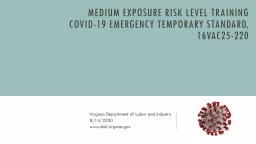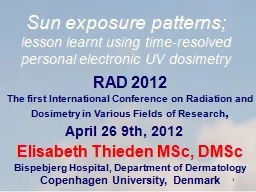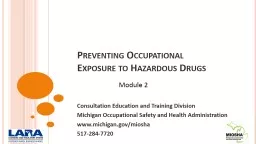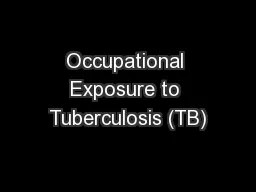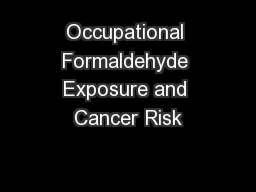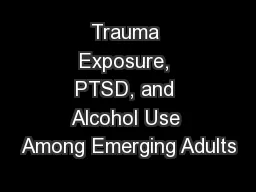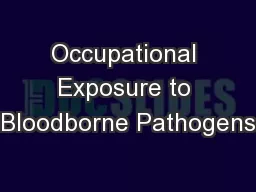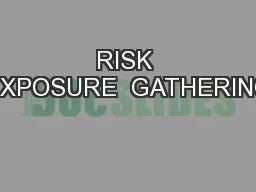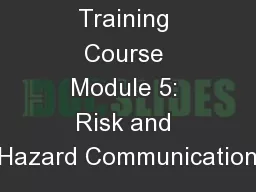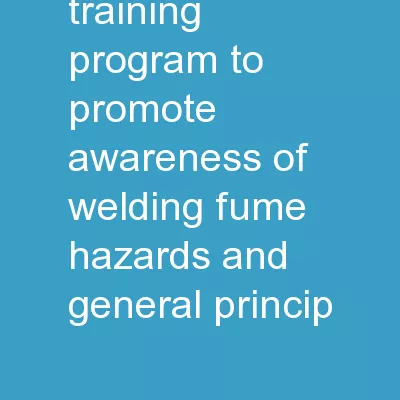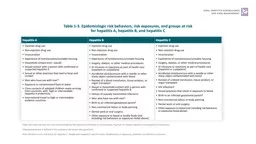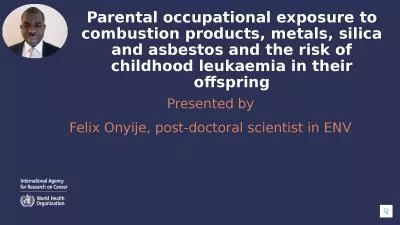PPT-Medium Exposure Risk Level Training
Author : spottletoefacebook | Published Date : 2020-08-27
COVID19 Emergency Temporary Standard 16VAC25220 Virginia Department of Labor and Industry 8142020 wwwdolivirginiagov Exposure Risk Levels Our workplace contains
Presentation Embed Code
Download Presentation
Download Presentation The PPT/PDF document "Medium Exposure Risk Level Training" is the property of its rightful owner. Permission is granted to download and print the materials on this website for personal, non-commercial use only, and to display it on your personal computer provided you do not modify the materials and that you retain all copyright notices contained in the materials. By downloading content from our website, you accept the terms of this agreement.
Medium Exposure Risk Level Training: Transcript
Download Rules Of Document
"Medium Exposure Risk Level Training"The content belongs to its owner. You may download and print it for personal use, without modification, and keep all copyright notices. By downloading, you agree to these terms.
Related Documents

